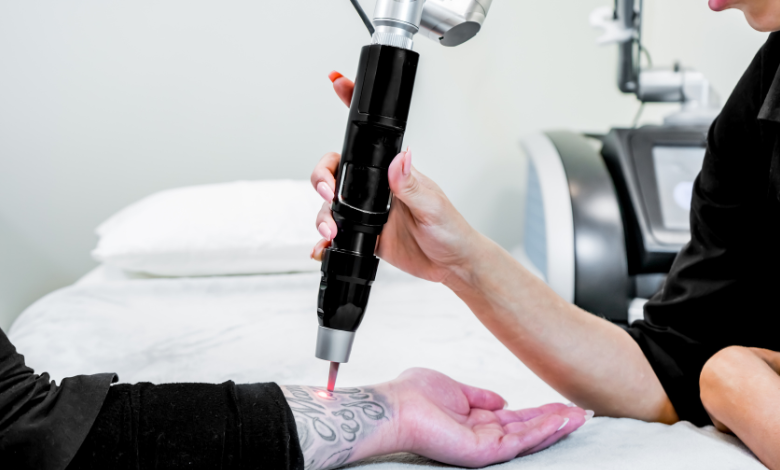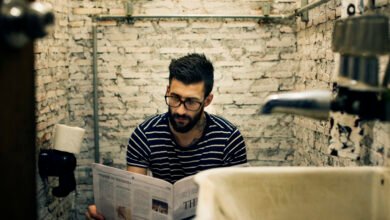Price of a tattoo back of arm קולין ברייס

When considering a tattoo on the back of your arm, there are several factors that influence the price, including size, complexity, artist experience, and location. For a detailed article about the cost of a back-of-arm tattoo, let’s break it down into different sections to cover all necessary information comprehensively. We’ll explore everything from the initial consultation to the final piece, including average prices, potential variations, and factors influencing costs.
Introduction to Back-of-Arm Tattoos
Tattoos on the back of the arm are a popular choice for many individuals. This location offers a versatile canvas that can accommodate a wide range of designs, from intricate patterns to large, bold artwork. Unlike the forearm, which is more exposed, the back of the arm offers a level of privacy, making it a perfect option for those who prefer tattoos that can be covered up when needed.
The back of the arm extends from the shoulder area to the elbow, and depending on the design and the artist’s approach, the price of a tattoo in this area can vary significantly. The cost depends on several factors, such as size, detail, and how much time the artist needs to invest in the tattoo.
Factors Affecting the Price of a Tattoo on the Back of the Arm
- Design Complexity The more complex the design, the higher the price. A simple script or small symbol will generally cost less than a detailed portrait or intricate geometric design. Custom tattoos, which require more time to draw and perfect, can also be more expensive. If the design requires significant shading, color, or fine detail, it will usually take longer and will thus cost more.
- Size of the Tattoo The size of the tattoo is one of the primary factors affecting the price. A small design may cost as little as $50 to $100, but larger pieces can range from $200 to $1,000 or more. For a full sleeve that covers the back of the arm, the cost can run into the thousands, particularly if it spans across both arms or includes multiple elements.
- Artist Experience Tattoo artists with years of experience or those with a particular specialty may charge higher prices for their work. Renowned artists who have built a reputation in the industry can often charge premium rates, as they have a history of producing high-quality, award-winning tattoos. Prices can vary significantly based on the artist’s portfolio, style, and demand.
- Tattoo Location The location of the tattoo studio plays a role in pricing. For instance, tattoo studios located in larger cities or trendy neighborhoods may charge more due to overhead costs and demand. Artists in smaller towns or less populated areas might charge lower rates. It’s essential to research local pricing to understand what to expect in your area.
- Time Required The time it takes to complete the tattoo also directly impacts the cost. Hourly rates for tattoo artists typically range from $100 to $250 per hour, depending on experience, location, and design complexity. A small tattoo might take an hour or two, while larger or more detailed pieces could take several sessions spread over a few days or weeks.
- Color vs. Black and Gray Color tattoos often require more time and expertise, as the artist must blend and layer colors to create depth. These tattoos tend to cost more than black-and-gray designs, which are simpler to execute in terms of technique. If you’re opting for a colorful piece, be prepared to spend more compared to a monochromatic tattoo.
- Consultation Fees Some tattoo artists charge a consultation fee, especially if they are in high demand or working on custom designs. This fee may be deducted from the final cost of the tattoo if you decide to go ahead with the appointment. Always ask the artist about consultation fees upfront to avoid any confusion.
- Aftercare and Healing Process While aftercare doesn’t directly affect the tattoo’s price, it’s an important aspect of the tattoo process. Artists may recommend specific ointments, creams, or care products, which can add to the overall cost. Additionally, it’s essential to follow aftercare instructions to ensure the tattoo heals properly and retains its vibrancy. Some artists may offer aftercare packages, which can be factored into the overall price.
Average Price Range for a Tattoo on the Back of the Arm
To give you a rough estimate of the price of a back-of-arm tattoo, here are some general price ranges based on different sizes and complexity:
- Small Tattoo (1-2 inches): A simple design like a small symbol or word will typically cost between $50 and $200. These tattoos usually take an hour or less to complete.
- Medium Tattoo (3-5 inches): For a medium-sized tattoo with more intricate details, the cost can range from $150 to $500. The artist may require 2-4 hours to complete the design.
- Large Tattoo (6+ inches or more): Larger tattoos that cover a significant portion of the back of the arm or include more complex designs may cost anywhere from $500 to $1,500 or more. These tattoos may take several sessions over multiple days or weeks.
- Full Sleeve Tattoo (both arms): A full sleeve tattoo, which includes both the back of the arm and sometimes extends to the shoulder or wrist, can cost anywhere from $1,000 to $5,000 or more. The final price will depend on the complexity, artist experience, and time required.
How to Save Money on a Back-of-Arm Tattoo
While tattoos can be a significant investment, there are ways to save money without compromising the quality of the tattoo:
- Choose a Smaller Design: If you want a tattoo on the back of your arm but don’t want to spend a fortune, consider a smaller, more straightforward design. Smaller tattoos generally cost less in terms of both time and money.
- Opt for Black and Gray: Choosing a black-and-gray tattoo instead of a colorful design can help reduce the cost. Black and gray tattoos require less time to complete and may cost less in terms of ink and materials.
- Book During Off-Peak Times: Some tattoo shops may offer discounts during less busy times of the year or during weekdays when demand is lower. If you’re flexible with your scheduling, you may be able to secure a lower rate.
- Research Artists: Don’t settle for the first tattoo artist you find. Research different artists in your area, check their portfolios, and read reviews to find an artist whose prices align with your budget and whose work meets your standards.
- Limit Customization: Custom tattoos tend to cost more than pre-designed ones. If you’re on a budget, consider choosing a pre-designed tattoo or making minor customizations rather than a fully custom piece.
- Consider Multiple Sessions: If you’re planning a large tattoo, consider breaking the design into smaller sessions over time. Many artists offer payment plans or charge per session, making it more manageable.
Tips for Getting a Back-of-Arm Tattoo
If you’ve decided to get a tattoo on the back of your arm, here are some tips to ensure the best possible experience:
- Research Artists: Find an artist whose style matches your vision for the tattoo. Look through their portfolio, especially focusing on work done on the back of the arm or similar placements.
- Prepare for Pain: The back of the arm is considered a moderate-to-high pain area. If you have a low pain tolerance, be mentally prepared for some discomfort, especially near the elbow or shoulder areas.
- Follow Aftercare Instructions: Proper aftercare is crucial for the healing process. Make sure to keep the tattoo clean, avoid sun exposure, and refrain from scratching or picking at the tattoo.
- Stay Hydrated and Rested: Tattoo sessions can be long and physically demanding. Drink plenty of water and make sure to rest beforehand to ensure you’re in good shape for the appointment.
- Communicate Clearly with the Artist: Be sure to communicate your ideas clearly to the artist, but also be open to their suggestions. Professional artists can offer advice based on their experience, which can help you achieve a more balanced and cohesive design.
Conclusion
The cost of a tattoo on the back of the arm can range widely depending on several factors such as design, size, complexity, artist experience, and location. While small and simple tattoos may cost a few hundred dollars, larger or more intricate designs can cost significantly more. It’s important to do thorough research and communicate openly with the artist to ensure you get the tattoo you want at a price that fits your budget. By considering these factors, you’ll be well-prepared for the tattoo process and able to make informed decisions.
If you have a specific tattoo idea in mind, don’t hesitate to consult with a professional artist to get a personalized estimate based on your unique vision.



